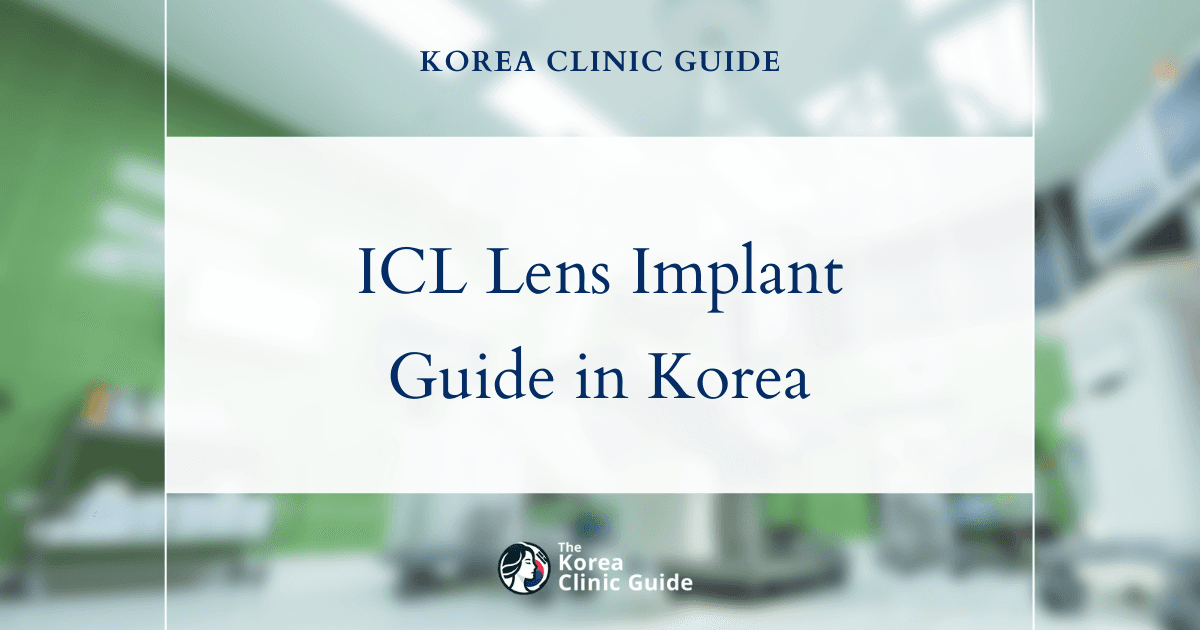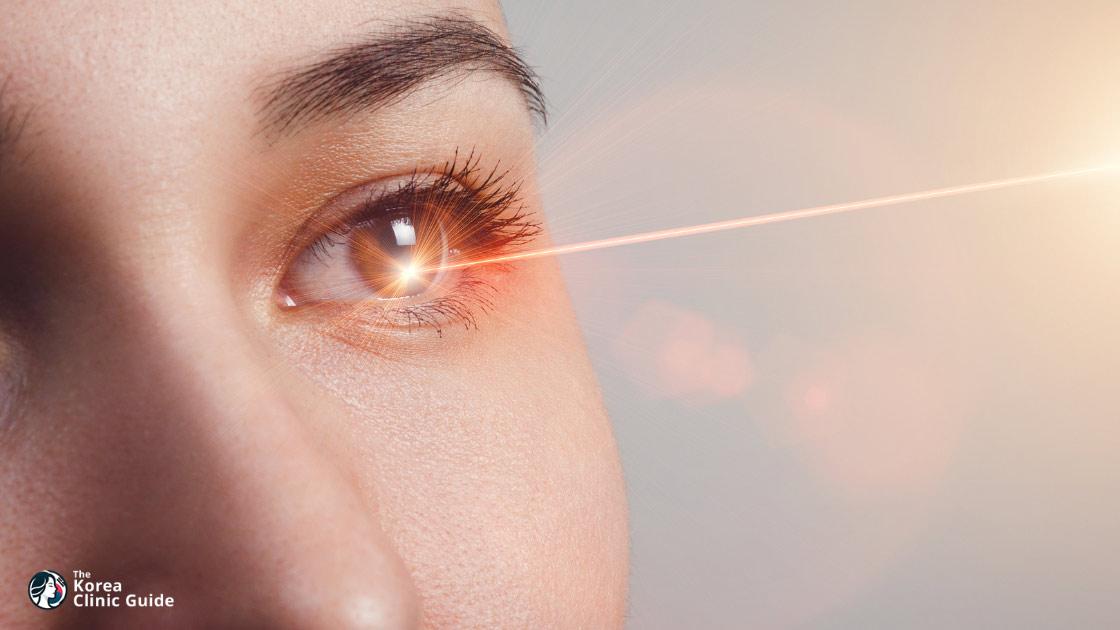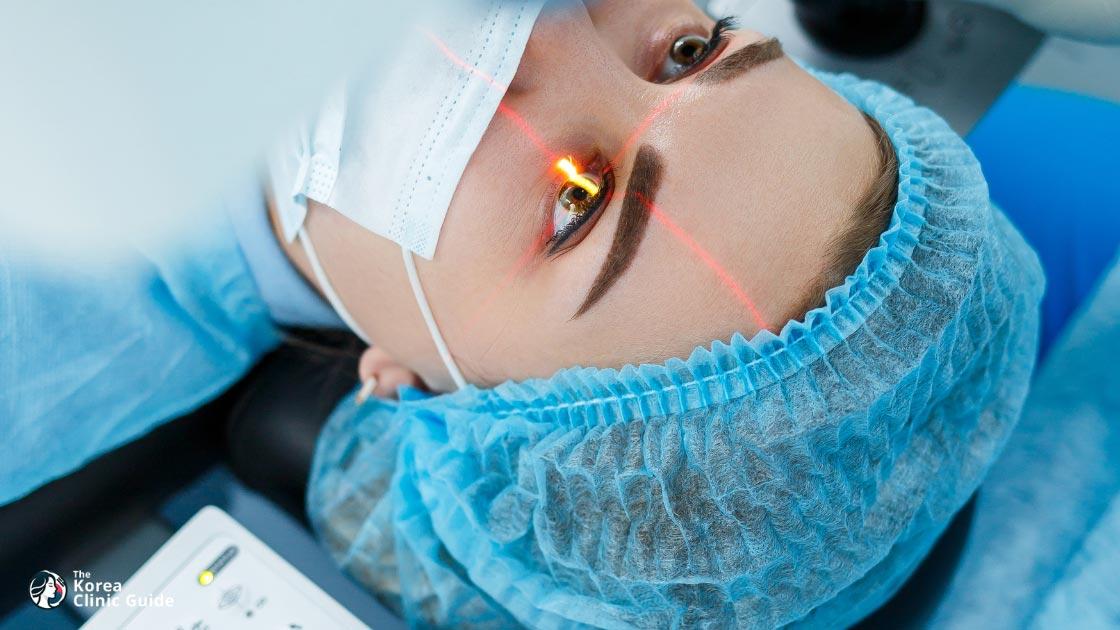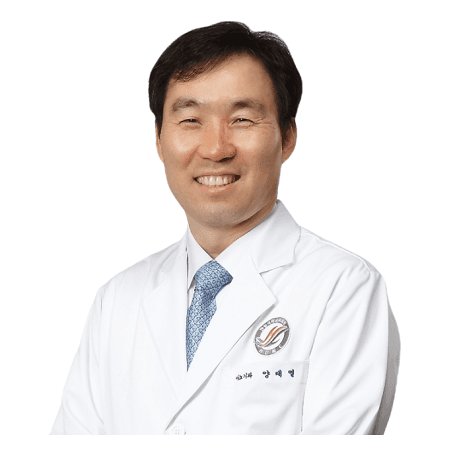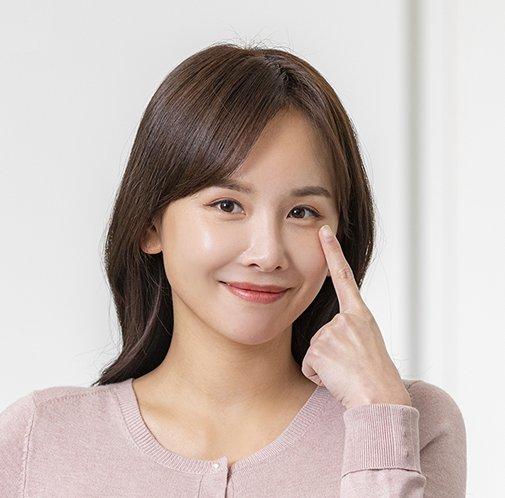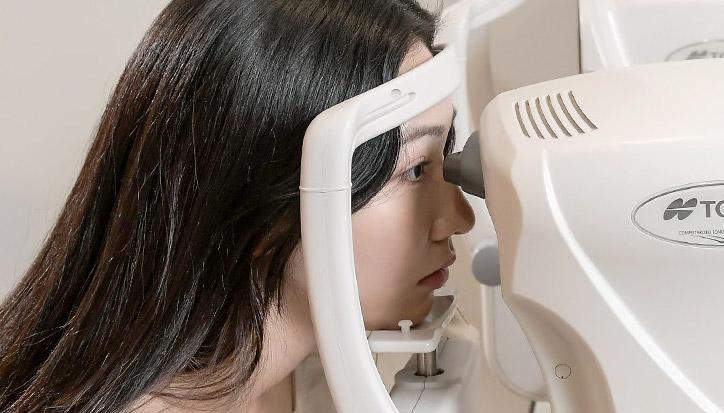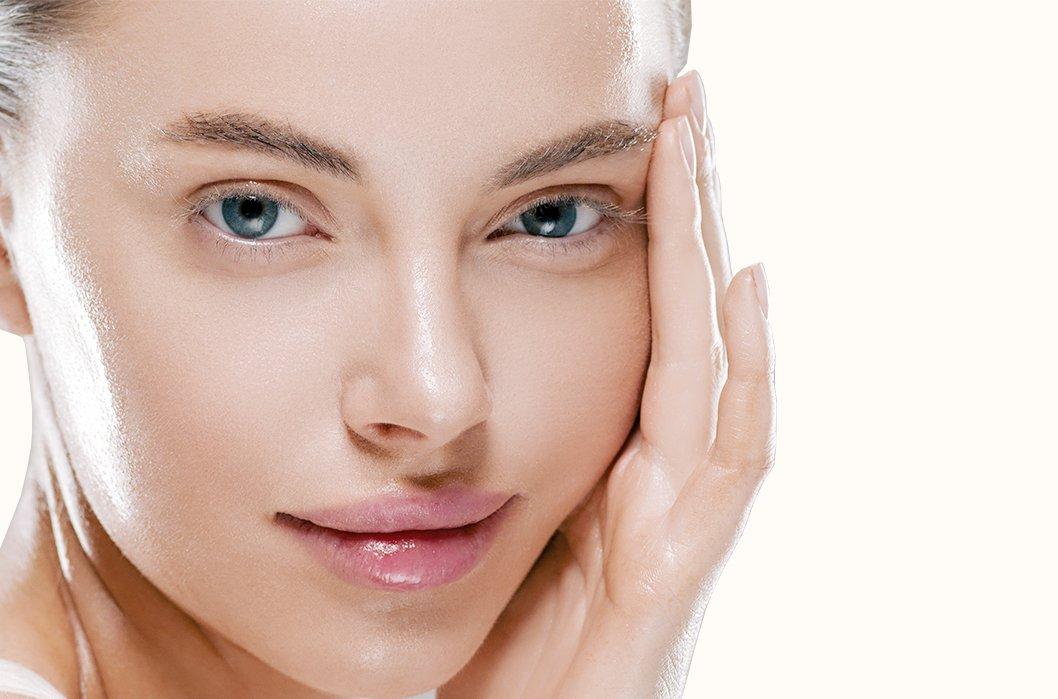Medical Tourism Blog
The Cost of Dry Eye Treatment in Korea | Costs, Factors Influencing The Price, Vs Cost in USA, Turkey, Mexico & More

Table of contents
- Best Dry Eye Treatment Clinics in Korea
- Cost of Dry Eye Treatment in Korea
- What Is Usually Included in Cost of Dry Eye Treatment in Korea
- Factors Influencing the Cost of Dry Eye Treatment in Korea
- Comparing the Cost of Dry Eye Treatment: Korea vs the Rest of the World
- Cost of Coming To Korea for Dry Eye Treatment
Are you one of the millions seeking relief from dry eyes but are deterred by high treatment costs at home? Korea has emerged as a leading destination for medical tourism, offering advanced and cost-effective solutions for dry eye syndrome. From non-surgical remedies to cutting-edge procedures like LipiFlow and ReLEx SMILE, Korea provides a range of treatments tailored to various needs and budgets. Discover how Korea's competitive pricing and high-quality care make it an attractive option for those looking to address their dry eye concerns.

Best Dry Eye Treatment Clinics in Korea
Listed below are the best clinics in Korea:
| Clinic Name | Key Features | Special Techniques |
|---|---|---|
| Bright Eye Clinic | Cost-effective dry eye treatment, comprehensive eye care, world-class technology | SMILE Pro, SMILE LASIK, Lumera 700 microscope for cataract removal |
| BGN Eye Clinic Jamsil | Cost-effective dry eye treatment, comprehensive eye care, patient safety and satisfaction | SMILE, LASIK, LASEK, SMILE PRO, Implantable Collamer Lens (ICL) |
| Gangnam St. Mary's One Eye Center | Comprehensive dry eye treatment, personalized care, affordability | Intense Pulsed Light (IPL) treatment, scleral lenses |
Bright Eye Clinic
Bright Eye Clinic, located in the heart of Gangnam, Korea, stands out as the premier destination for cost-effective dry eye treatment and comprehensive eye care. Renowned for its cutting-edge vision correction and cataract surgeries, the clinic attracts patients from around the globe, offering world-class technology and expertise. Among its advanced refractive surgery options, the clinic provides SMILE Pro, a minimally invasive procedure using the VisuMax 800 laser for precise vision correction, and SMILE LASIK, which offers minimal discomfort and rapid recovery. Traditional LASIK and LASEK procedures are also available, catering to a wide range of refractive errors and corneal conditions. For cataract patients, Bright Eye Clinic employs the Lumera 700 microscope for precise cataract removal and offers a variety of premium intraocular lenses tailored to individual needs. Comprehensive eye exams, including pre-surgery evaluations and general health checkups, ensure that each patient receives personalized care. With state-of-the-art equipment and a team of experienced professionals, Bright Eye Clinic guarantees high-quality care and successful outcomes, making it the best choice for those seeking effective and affordable dry eye treatment in Korea.
Find more about this clinic here: Bright Eye Clinic Website
BGN Eye Clinic Jamsil
BGN Eye Clinic Jamsil stands out as the best clinic for cost-effective dry eye treatment in Korea due to its comprehensive approach to eye care and its reputation as a premier center for vision correction. The clinic offers a wide array of cutting-edge procedures, including SMILE, LASIK, LASEK, and the advanced SMILE PRO, which are minimally invasive and tailored to correct various vision impairments such as myopia and astigmatism. For patients with thin corneas or high degrees of myopia, the clinic provides Implantable Collamer Lens (ICL) options, ensuring that even those with complex vision issues receive optimal care. Additionally, BGN Eye Clinic Jamsil excels in cataract and presbyopia surgeries, utilizing monofocal and multifocal intraocular lenses to restore and enhance vision. The clinic's commitment to patient safety and satisfaction is evident in its detailed pre- and post-surgery instructions, ensuring effective and safe outcomes. This comprehensive suite of services, combined with its focus on innovative and personalized treatment plans, makes BGN Eye Clinic Jamsil a top choice for those seeking cost-effective and high-quality dry eye treatment in Korea.
Find more about this clinic here: BGN Eye Clinic Jamsil Website
Gangnam St. Mary's One Eye Center
Gangnam St. Mary's One Eye Center, located in the heart of Seoul's bustling Gangnam district, is renowned for its comprehensive and advanced eye care services. The clinic is particularly distinguished for its cost-effective dry eye treatment options, making it a top choice for patients seeking relief from this common condition. With a team of experienced ophthalmologists and state-of-the-art technology, the center offers personalized care tailored to each patient's needs.
- Comprehensive Dry Eye Treatment Program: The clinic provides a thorough diagnostic and treatment program for dry eye syndrome, utilizing the latest therapies such as Intense Pulsed Light (IPL) treatment, which is known for its effectiveness in managing symptoms.
- Expertise in Specialized Lenses: Gangnam St. Mary's offers scleral lenses, which are ideal for patients with severe dry eyes, providing comfort and improved vision.
- Advanced Technology and Techniques: The center employs cutting-edge technology and innovative techniques to ensure the highest quality of care and optimal outcomes for dry eye treatment.
- Patient-Centered Approach: The clinic is committed to delivering personalized care, ensuring that each treatment plan is tailored to the individual needs and conditions of the patient.
- Cost-Effective Solutions: Known for its affordability, the clinic offers competitive pricing without compromising on the quality of care, making it accessible to a wide range of patients.
Find more about this clinic here: Gangnam St. Mary's One Eye Center Website
Cost of Dry Eye Treatment in Korea
Korea has become a popular destination for medical tourism, offering advanced and cost-effective treatments for various conditions, including dry eye syndrome. Below are some of the different treatment options available in Korea along with their approximate costs, both in USD and converted into Korean won (KRW).
Dry Eye Treatment (Non-surgical)
- Cost Range: $100 - $300 USD
- Converted Cost Range: Approximately ₩145,000 - ₩436,000 KRW
Non-surgical dry eye treatments are generally affordable in Korea and focus on alleviating symptoms through artificial tears or medications to increase tear production.
LipiFlow or Intense Pulsed Light (IPL) Therapy
- Cost Range: $500 - $1,500 USD
- Converted Cost Range: Approximately ₩727,000 - ₩2,181,000 KRW
LipiFlow and IPL are advanced therapies that target the root causes of dry eye, especially for those whose condition is due to meibomian gland dysfunction.
Punctal Plugs or LASIK for Dry Eyes
- Cost Range: $1,000 - $3,000 USD
- Converted Cost Range: Approximately ₩1,454,000 - ₩4,362,000 KRW
Punctal plugs can help retain tears on the eye surface, while LASIK may be recommended for patients whose dry eyes are due to existing refractive issues.
Laser Eye Surgery
- Cost Range: $1,918 - $2,740 USD
- Converted Cost Range: Approximately ₩2,788,000 - ₩3,986,000 KRW
Laser eye surgeries often relieve dry eye symptoms by correcting refractive errors, contributing to overall eye health and comfort.
ReLEx SMILE Eye Surgery
- Cost Range: $2,272 USD
- Converted Cost: Approximately ₩3,303,000 KRW
ReLEx SMILE is a minimally invasive option that offers precise vision correction with less disruption to the corneal surface, which can be beneficial for dry eye sufferers.
LASIK Eye Surgery
- Cost: $1,150 USD
- Converted Cost: Approximately ₩1,671,000 KRW
LASIK is a well-known procedure that addresses vision correction and can help alleviate dry eye symptoms indirectly.
LASEK Eye Surgery
- Cost: $760 USD
- Converted Cost: Approximately ₩1,105,000 KRW
LASEK is similar to LASIK but with a slightly different technique suited for certain patients, offering reprieve for dry eye discomfort resulting from refractive issues.
Securing Your Procedure
Note that securing a procedure in Korea generally requires a 10% deposit upfront, which is often part of standard medical practice to accommodate international patients. Make sure to confirm this detail with your chosen medical provider, so you're well-prepared for the financial aspect of your treatment journey.
What Is Usually Included in Cost of Dry Eye Treatment in Korea
When considering dry eye treatments in Korea, it's important to understand what costs might be included, as treatment can encompass a range of methods from non-surgical therapies to advanced surgical interventions. Here's a breakdown of what you can typically expect:
-
Dry Eye Treatment (Non-surgical): The costs often cover prescription eye drops and various non-surgical methods designed to alleviate symptoms and improve tear production.
-
LipiFlow or Intense Pulsed Light (IPL) Therapy: For advanced non-surgical options, costs are usually calculated per session. These therapies focus on providing relief by targeting the underlying causes of dry eyes.
-
Punctal Plugs or LASIK for Dry Eyes: These involve more intricate, sometimes surgical interventions, and associated costs reflect the complexity of the procedures and the expertise required.
-
Laser Eye Surgery: Procedures like laser surgery typically include costs for follow-up examinations, post-operative medications, and initial consultations with an eye care specialist to ensure comprehensive care.
-
Dry Eye Treatment (General): A broader category where costs might include continuous management and treatment plans until significant improvement is observed. Additionally, treatments using FDA-approved technologies, such as the Aqua Laser, might also be encompassed within these costs.
While some eye surgeries such as ReLEx SMILE, LASIK, and LASEK may not have specific cost considerations outlined here, it’s essential to consult with a healthcare provider to gain a full understanding of what each individual treatment package includes.
Factors Influencing the Cost of Dry Eye Treatment in Korea
The cost of dry eye treatment in Korea is influenced by several factors that vary depending on the specific procedure. For non-surgical treatments, key cost determinants include the type of treatment selected, the reputation of the clinic, and the severity of the condition. Advanced treatments such as LipiFlow or Intense Pulsed Light (IPL) Therapy also consider the clinic's reputation and condition severity, alongside the technology employed. When it comes to procedures like Punctal Plugs or LASIK for dry eyes, costs are further affected by the surgeon's experience and the type of plugs or LASIK technology utilized. Additionally, laser eye surgery generally depends on the surgeon’s expertise, the clinic's location, and the techniques used. Each treatment’s cost may further depend on the specific treatment plan and the severity of the dry eye condition.
Comparing the Cost of Dry Eye Treatment: Korea vs the Rest of the World
Korea is emerging as a notable destination for medical tourism, particularly for procedures like dry eye treatment. The cost of these treatments in Korea is generally competitive, but how does it compare internationally? This article explores the potential costs involved in various countries and highlights any unique considerations.
Cost of Procedure in USA
In the United States, dry eye treatment prices can be quite variable. The cost ranges from $750 to $3,000 USD, often depending on the type of treatment and the specific healthcare provider. Cost considerations may include:
- Office visits
- Prescription eye drops
- In-office procedures
- Commuting costs
Cost of Procedure in Mexico
Mexico offers a more cost-effective option for dry eye treatment compared to the USA. Prices range from $100 to $250 USD for procedures like punctal plug insertion, which is known for its affordability. The cost considerations in Mexico typically include:
- Pre-surgery consultation fees
- Overnight stays for recovery
Potential Dangers:
- Limited access to follow-up care
- Varied regulatory standards
Cost of Procedure in Turkey
Dry eye treatments in Turkey are generally affordable, with costs for punctal plug insertion ranging from $100 to $200 USD. The cost considerations generally focus on:
- Pre-operative consultation
- Post-operative care
- Follow-up visits
Potential Dangers:
- Differences in healthcare standards
- Language barriers impacting communication
Cost of Procedure in Thailand
Thailand's prices for dry eye-related procedures like punctal plug insertion range between $150 and $300 USD. This country is often chosen for its affordable medical services with considerations like:
- Initial consultations
- Additional tests or follow-ups
Potential Dangers:
- Varied quality of facilities
- Possible communication challenges due to language
Cost of Procedure in Australia
Australia provides a range of dry eye treatments with costs from $180 to $1,980 AUD, roughly equivalent to $120 to $1,360 USD. This includes add-on procedures such as Lipiflow or IPL, where:
- Prices exclude overnight stays
- Health tests include eye assessments
Cost of Procedure in Germany
Though not typically a destination for dry eye treatment alone, Germany provides high-quality medical care. Utilizing advanced technologies and professional expertise, costs are in the upper bracket, often ranging significantly due to personalized treatment plans.
This comparison reflects not only the cost but also the value proposition each country offers in terms of medical care for dry eye conditions. As with any medical procedure, potential patients should weigh factors such as quality of care, regulatory standards, and post-treatment support, alongside costs.
Cost of Coming To Korea for Dry Eye Treatment
Traveling to Korea for dry eye treatment involves several costs, ranging from travel expenses to accommodation and local transportation. Here’s a breakdown of the potential costs one might incur.
Flight Costs
The cost of airfare to Korea significantly depends on the point of departure. For example, flights from major cities in the United States, Europe, or Australia can range from $600 to $1,500 for a round trip, depending on the season and how far in advance the tickets are booked. Flights may be more expensive during peak travel seasons, such as Korean holidays and summer months.
Visa Fees
Visitors from many countries can enter Korea without a visa for a short period, typically up to 90 days. However, if a visa is necessary, fees can range from $30 to $90, depending on the visa type and the traveler's nationality. It’s essential to check the specific visa requirements applicable to your country.
Accommodation
Accommodation costs in Korea can vary widely based on location, amenities, and level of comfort. In cities like Seoul, hotels can range from budget options at $50 per night to luxury accommodations costing upwards of $300 per night. Alternatively, Airbnb and guesthouses offer more affordable options, often ranging from $30 to $100 per night.
Local Transportation
Korea boasts an efficient public transportation system, including subways, buses, and taxis. A subway ride typically costs around $1, with taxis starting at approximately $3. Public transportation is a cost-effective and convenient way to navigate the city.
Meals and Daily Expenses
The cost of meals in Korea can be quite reasonable, with options ranging from street food to upscale dining. Daily meal expenses can vary from $10 for casual dining to $50 or more if opting for high-end restaurants. Convenience stores also offer affordable options for quick meals.
Medical and Treatment Costs
While the primary reason for visiting Korea is often the medical or treatment costs, they are not included in the travel expenses. However, Korea is known for offering competitive pricing for medical procedures compared to some Western countries, a factor that often influences the decision to travel for medical tourism.
Traveling to Korea for dry eye treatment involves several logistical and financial considerations. While the travel costs can vary widely based on individual preferences and requirements, thorough planning can help manage expenses effectively and ensure a smooth experience in Korea.





